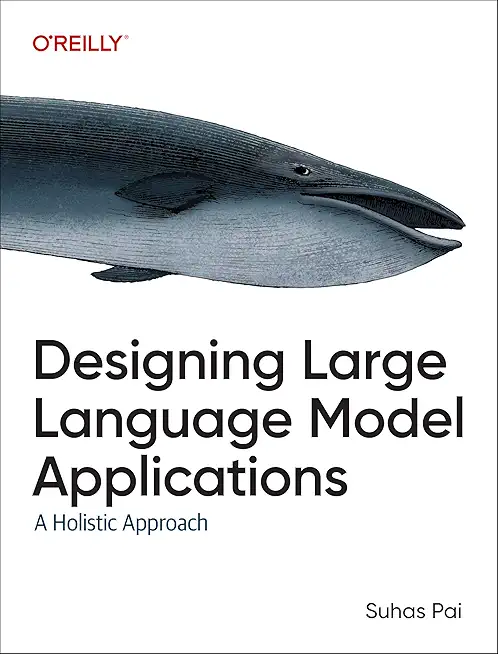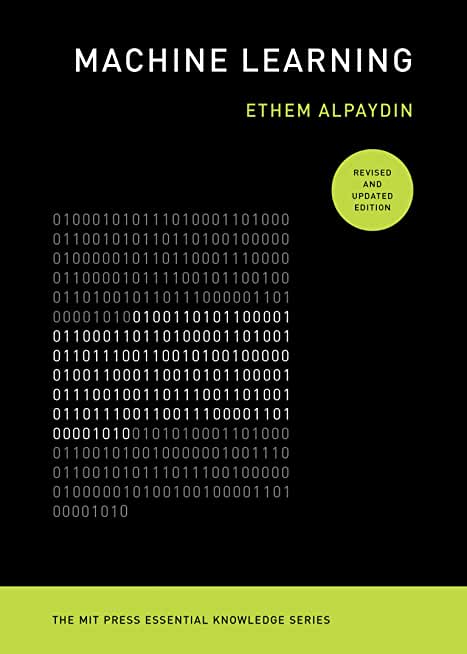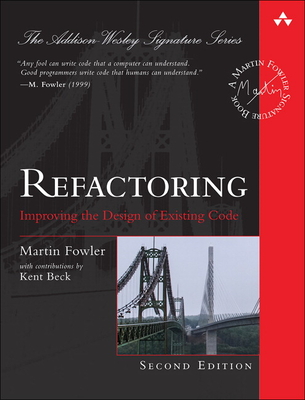SAS Macro Programming Training in Chapel Hill
Enroll in or hire us to teach our SAS Macro Programming class in Chapel Hill, North Carolina by calling us @303.377.6176. Like all HSG
classes, SAS Macro Programming may be offered either onsite or via instructor led virtual training. Consider looking at our public training schedule to see if it
is scheduled: Public Training Classes
Provided there are enough attendees, SAS Macro Programming may be taught at one of our local training facilities.
|
We offer private customized training for groups of 3 or more attendees.
|
||
Course Description |
||
|
The SAS Macro Programming course is intended for intermediate or experienced SAS users in programming roles. This course covers writing macro programs, techniques and tips. Learn to write SAS macro programs fast and efficiently.
This course use data from the SASHELP library installed with the software. These courses can be taught
using SAS Version 9 or higher
any operating system (focus is either Windows or Linux/Unix. If using MVS you may need to modify as necessary)
any interface (SAS Enterprise Guide is the focus. If using SAS Studio or SAS Display Manager you may need to modify slightly as necessary)
Course Length: 2 Days
Course Tuition: $790 (US) |
||
Prerequisites |
|
| Before attending this course, you need to be able to do the following: Write simple SQL queries using the SELECT statement. Read from and write to SAS tables using a DATA step. Use DATA step programming statements, including IF-THEN/ELSE, DO WHILE, DO UNTIL, and iterative DO. Use character functions such as SUBSTR. Filter data using the WHERE statement. Use SAS procedures such as SORT and PRINT. | |
Course Outline |
|
Course Directory [training on all levels]
Technical Training Courses
Software engineer/architect, System Admin ... Welcome!
- .NET Classes
- Agile/Scrum Classes
- AI Classes
- Ajax Classes
- Android and iPhone Programming Classes
- Azure Classes
- Blaze Advisor Classes
- C Programming Classes
- C# Programming Classes
- C++ Programming Classes
- Cisco Classes
- Cloud Classes
- CompTIA Classes
- Crystal Reports Classes
- Data Classes
- Design Patterns Classes
- DevOps Classes
- Foundations of Web Design & Web Authoring Classes
- Git, Jira, Wicket, Gradle, Tableau Classes
- IBM Classes
- Java Programming Classes
- JBoss Administration Classes
- JUnit, TDD, CPTC, Web Penetration Classes
- Linux Unix Classes
- Machine Learning Classes
- Microsoft Classes
- Microsoft Development Classes
- Microsoft SQL Server Classes
- Microsoft Team Foundation Server Classes
- Microsoft Windows Server Classes
- Oracle, MySQL, Cassandra, Hadoop Database Classes
- Perl Programming Classes
- Python Programming Classes
- Ruby Programming Classes
- SAS Classes
- Security Classes
- SharePoint Classes
- SOA Classes
- Tcl, Awk, Bash, Shell Classes
- UML Classes
- VMWare Classes
- Web Development Classes
- Web Services Classes
- Weblogic Administration Classes
- XML Classes
Business Training Courses
Project Managers, Business Analysts, Paralegals ... Welcome!
Upcoming Classes
Gain insight and ideas from students with different perspectives and experiences.
- Fast Track to Java 17 and OO Development
8 December, 2025 - 12 December, 2025 - Introduction to Spring 6, Spring Boot 3, and Spring REST
15 December, 2025 - 19 December, 2025 - RED HAT ENTERPRISE LINUX SYSTEMS ADMIN II
8 December, 2025 - 11 December, 2025 - Python for Scientists
8 December, 2025 - 12 December, 2025 - See our complete public course listing






